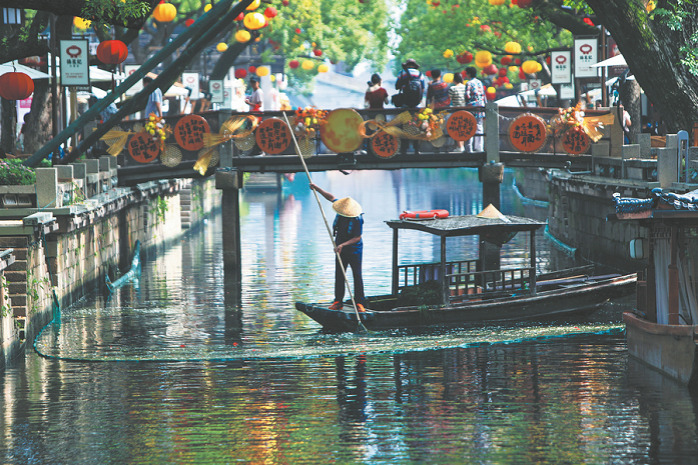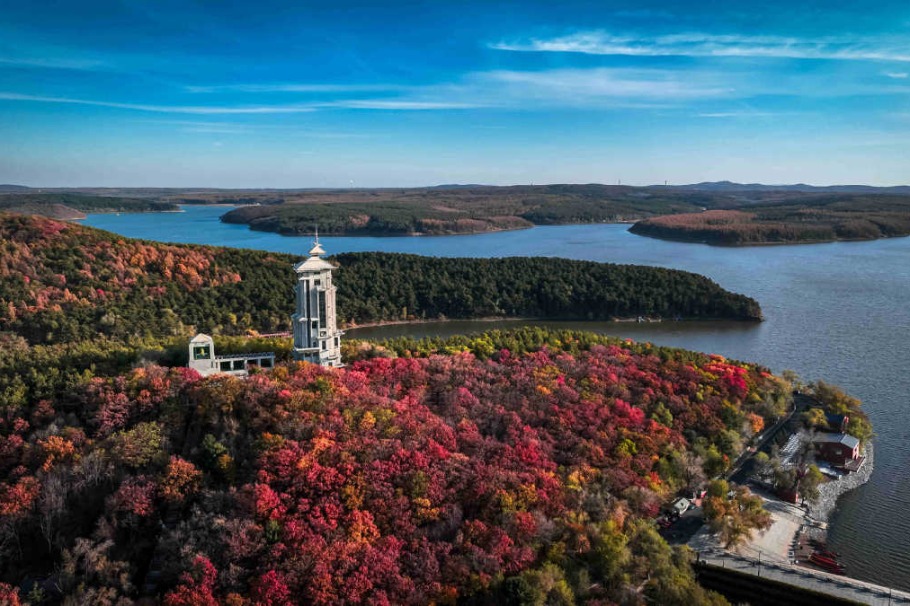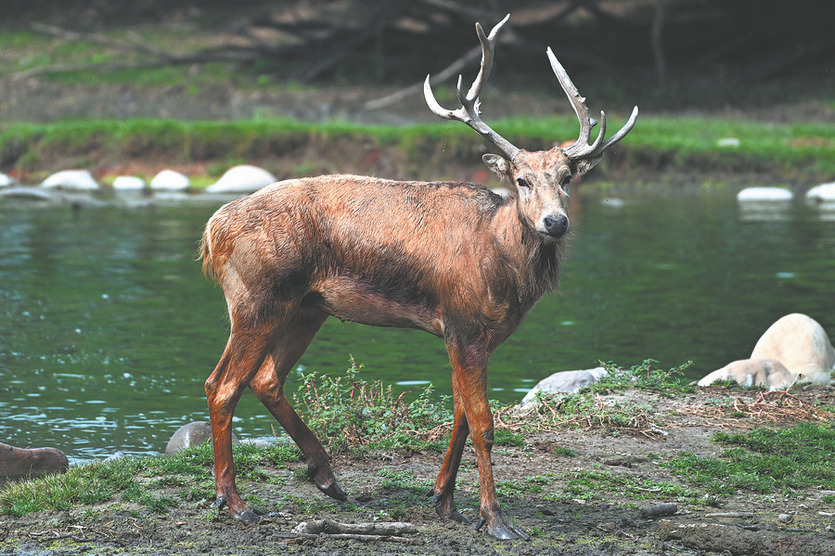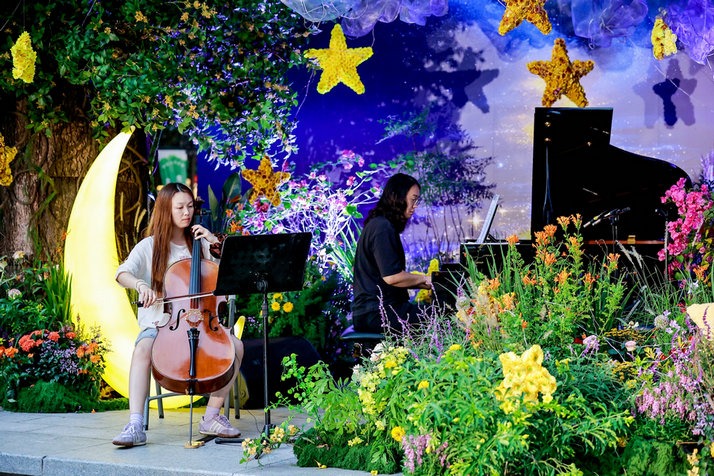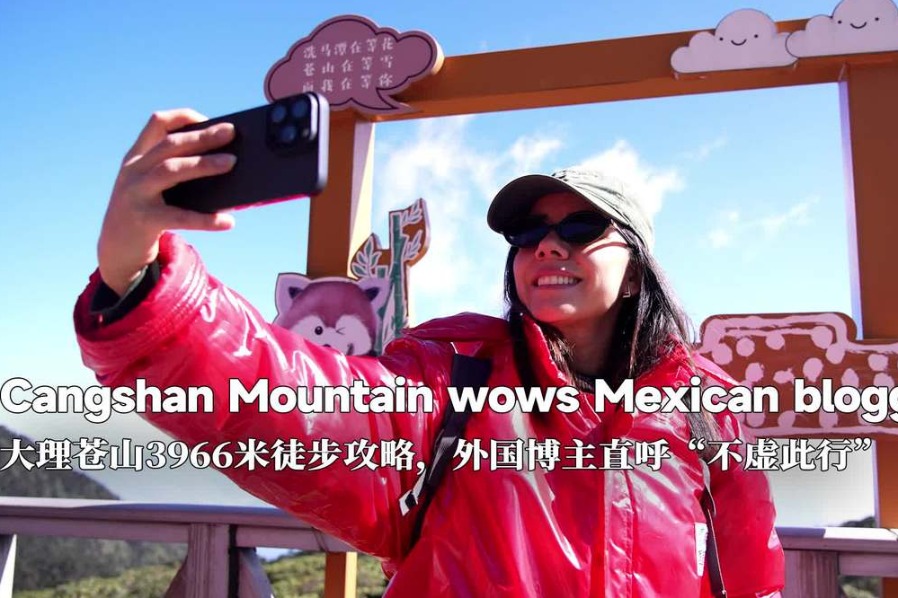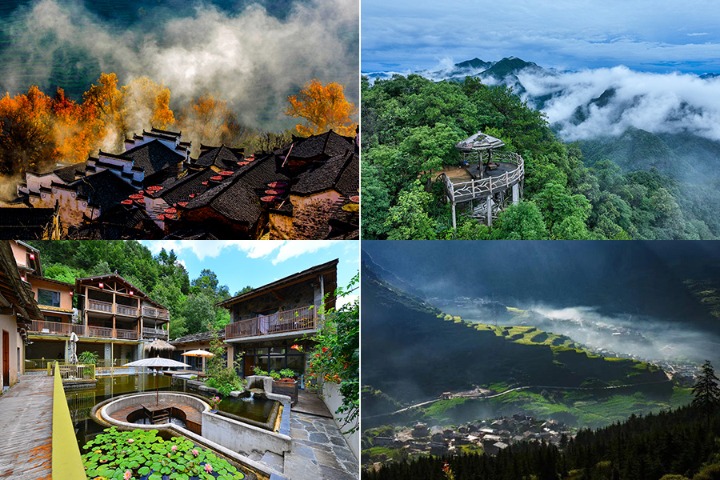China Travel Guide: Hubei

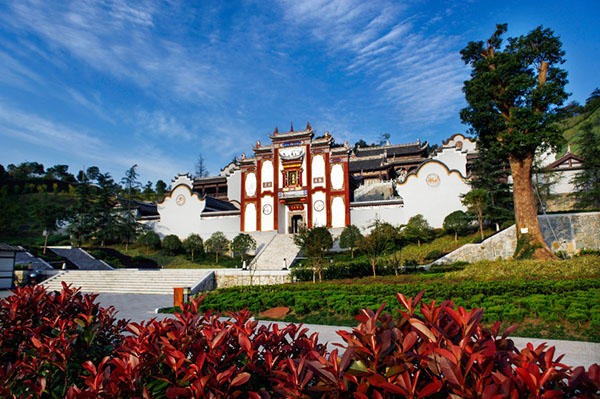
Qu Yuan Temple
Originally built in 820 during the Tang Dynasty (618-907), the Qu Yuan Temple in Zigui county, Yichang city, was constructed in remembrance of Qu Yuan, a patriotic poet from the Warring States Period (475-221 BC).
The temple follows a courtyard style and mainly consists of a gate, a main hall and a rear hall. Within the temple, there is a bronze statue of Qu Yuan, a stele corridor and the Qu Yuan Memorial Hall. Cultural relics excavated in Zigui, as well as the story of Qu Yuan, are exhibited and presented across the two floors of the memorial hall.
Each year, during the traditional Dragon Boat Festival, dragon boat races are held on the Yangtze River along the section near the Qu Yuan Temple.
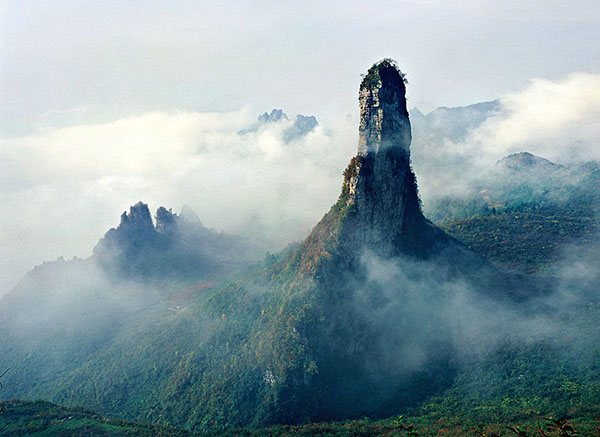
Grand Canyon, Enshi
Wedged between Hunan province, Chongqing municipality and Hubei province, the Grand Canyon scenic spot in Enshi, is the stretch of Qingjiang River Basin and dubbed the "Oriental Colorado Canyon".
The area is famous for its two scenic areas, the Yunlong Ground Fissure and Qixing Village. These two core areas, covering 35 square kilometers, are open to the public and serve as natural museums of limestone karsts, showcasing abundant geological diversity, including limestone pillars, caves and an underground river.
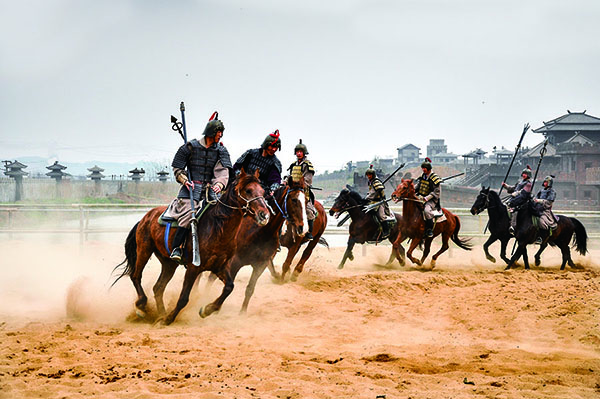
Chibi Ancient Battlefield of the Three Kingdoms, Xianning
Chibi Ancient Battlefield of the Three Kingdoms is the site of the legendary Battle of Chibi (Red Cliffs), featured in the literary classic Romance of the Three Kingdoms. It is one of a few ancient battlefields still preserved in China.
Yijiang Pavilion is on Chibi Mountain along the Yangtze River. It is said that it was the command post of Zhou Yu during the Battle of Red Cliff, from which Zhou could observe Cao Cao's army.
The current pavilion was built in 1936 in traditional style. It is hexagonal, supported by six pillars and with six sharp roof corners.
















